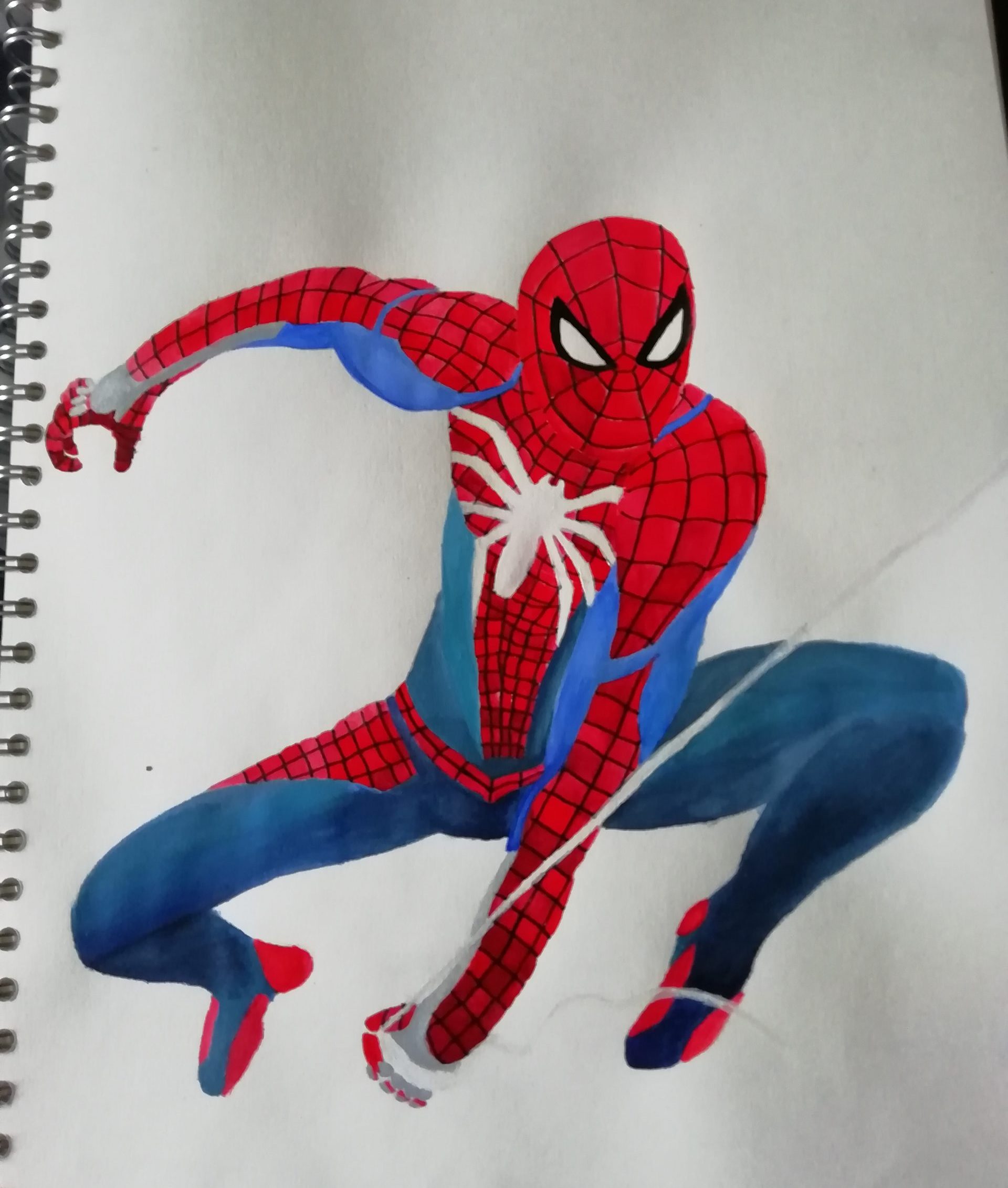Reading on a newest practitioner was named Antoine-Louis Barye, a Romantic French sculptor who is famously for studied on wildlife animals which he’d carved in practical sculptures but is also known in his influence as an animalier.

- Born on 24th September 1795 in Paris, France
- Died on 25th June 1875, Paris, France
- Period: Romanticism
- Nationality: French
- Children: Alfred Barye
- Parents: Pierre and Marguerite Barye
He’d lived his entire life in Paris which results of him never leaving his city of France, he reported to have a directive way in minimal formal educations of liberal arts on his own style of initial professional training when experimenting in metalworks. Originally worked with his father, a goldsmith from Lyons and then Martin-Guillaume Biennais (active 1800-1832), master goldsmith to the Napoleon stature.



- Trained to extend his practical skills in Fine-Arts with fellow sculptor Francois-Joseph Bosio (1768-1845) and painter Baron Gros (1771-1835)
- Studied at Ecole des Beaux-Arts from (1818 to 1823)
- Won an honourable mention in metal engraving in (1819) but failed to win the Prix de Rome
- Worked as a craftsman for goldsmith Jacques-Henri Fauconnier (1779-1823)
- Barye made his Salon debut with a selection of busts in (1823-1831)
Biography of Antoine-Louis Barye: https://www.nga.gov/collection/artist-info.39083.html



At Barye’s peak of making his critical development of animalier work that gave public markings of a sculptor over four years later, in the salon of Salon (1831) within groups of what representing a felt of predatory emotions in the wild. Listening from his first government commission had come to The Minister of Interior whom to purchased Barye’s monumental plaster on one of the most magnificent animals on earth-Lion (since called Lion Crushing a Serpent), shown in (1833) and it had been cast into bronze by Honore Gonon and had been exhibited in (1836) before placing it in the public Tuileries Gardens (now Musee du Louvre, Paris).
Chosen for a project that are never executed, furthermore colossal eagle is possibly the crowning element of the triumphal arch at the Etoile:
- Around (1836) the government had commissioned Antoine-Louis Barye to execute the emblematic animal decoration onto July Column at the place de la Bastille inaugurated in (1840)
- Produced a monumental effigy of Saint Clotilde for the Church of Madeleine, Paris in early (1840s)
Throughout these years at the succession of the Tuileries Lion Crushing a Serpent (1847, bronze, Portal, Pavillon de Flore, Palais du Louvre, Paris). At the time of the royal family began buying or commissioning small scale works by Barye’s methods in their private collections, at around (1834) Duc d’Orléans have communicated within high publicized of surtout de table representing their influences of hunting in different regions and historical periods mostly one of several tabletop projects that were organized effectively from Barye.
Submitted in Barye’s development to the Salon only rarely after the jury had rejected his surtout elements in (1837), if being capitalize on that outlet amongst royal patronage and which was declined at the aftermath of the Duc d Orleans in (1842), He’d embarked on a new venture that has lasted his entire career, begins to market his figurative/ornamental models as small-scale serial bronzes and this impacted in the public-directive of working in social partnerships with entrepreneur Emile-Martin from (1845 to 1857) after which he’d proceeded independently.
